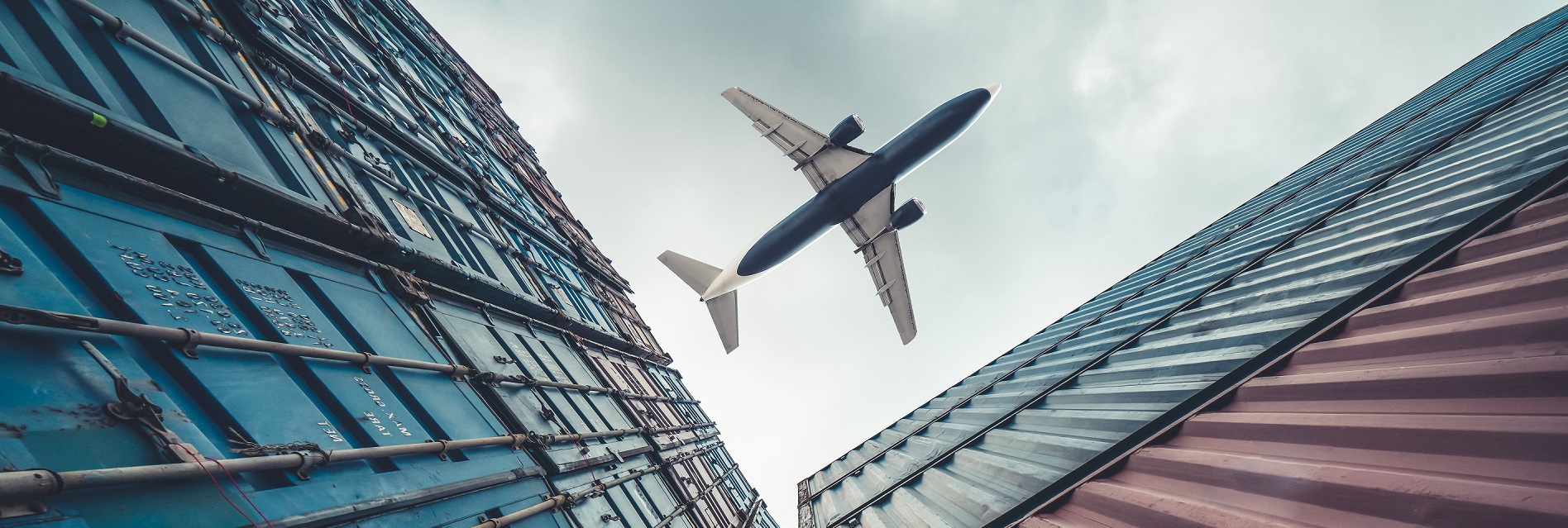As the decarbonization of the world economy gains steam, the world must urgently address the hardest-to-abate sectors. The recent CERAWeek Innovation Agora cast a spotlight on two fields in particular: shipping and aviation. It is hard to overstate the importance of each to global prosperity; at the same time, they are both relatively slow in the decarbonization race. Easily attainable solutions remain out of reach for now, but with time and effort, each can markedly reduce its climate impact.
Both are grappling with foundational technical hurdles to decarbonization. Their innovators are experimenting with a range of cutting-edge solutions, from hydrogen gas to full-on electrification. These each have advantages but are largely offset by drawbacks like energy inefficiency or excessive weight or volume. Wholesale redesigns of ships and planes to meet clean-energy needs are uneconomical for now.
Instead, many players are looking to “green molecules”. These are liquids that can largely be “dropped in” to existing fuel tanks and burned as hydrocarbons are today, but without producing greenhouse gases. In shipping, green ammonia and methanol are promising alternatives, while biofuels are a growing part of the aviation decarbonization toolkit (under the label “sustainable aviation fuel”, or SAF). One challenge is ensuring that the entire lifecycle of such substances—from synthesis to final combustion—is as climate-friendly as possible. Value chains producing 100% clean substitutes to traditional jet- and shipping fuel remain scarce.
Taking flight
The aviation sector in particular looks likely to lean on SAF as the biggest leg of its decarbonization strategy for the foreseeable future. United, whose corporate venture head appeared on a CERAWeek aviation panel, is placing a big bet on the trend, aiming to zero-out its greenhouse gas emissions by 2050. Yet big question marks loom over two aspects in particular: where SAF feedstock will come from, and when it will reach price parity with traditional kerosene.
Most SAF today comes from waste biomass, largely converted into fuel by a handful of companies, including Neste and World Energy. Some view the swathes of crops (mostly corn) whose oil currently fills about a tenth of automobile gas tanks in the US as prime candidates for SAF as road transport electrifies. Other potential routes include making fuel directly from captured CO2 and clean energy. Either way, supply will need to increase dramatically in order to reach the Biden administration’s goal of 3 billion gallons of domestic SAF production annually by 2030 and 35 billion by 2050—up from only 41 million gallons globally in 2020.
Plying a greener route
As a lynchpin of the global economy, aviation still takes a backseat to shipping, a sector whose decarbonization hurdles are arguably even higher. Unlike aviation, whose world-famous brands face an increasingly climate-sensitive consumer base, shipping’s largely corporate customers are more circumspect. While many of them do clamor for greener solutions, maritime players rarely end up in the headlines for their sustainability efforts (or lack thereof).
Still, a number of net-zero pathways are coming into focus. The Getting to Zero Coalition, a group that advocates for cleaner shipping, has published a roadmap that sees zero-emissions ships plying major trade routes by 2030. A small yet growing consensus is forming around ammonia, which will power a commercial ship starting at the end of this year, thanks partly to EU funding. The US government, meanwhile, is pushing the creation of “Green Shipping Corridors” which will install green fueling or charging infrastructure at key ports around the country.
‘Green bits’ to the rescue?
Another part of the solution lies in higher efficiency and better fleet management via technology—so-called “green bits”. A number of pioneers, both large and small, are tackling these challenges. Nabtesco, a global leader in motion-control systems for ships, has invested in DeepSea, which makes artificial intelligence-enabled ship software, in a deal facilitated by Emerald. Emerald is also helping Sasol, a major South African energy producer, uncover breakthroughs in green molecules. It is through partnerships like these that decarbonization can become a reality in the world’s hardest-to-abate sectors, including shipping and aviation.
